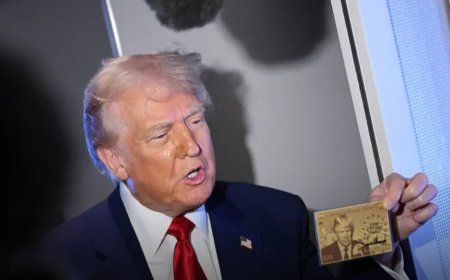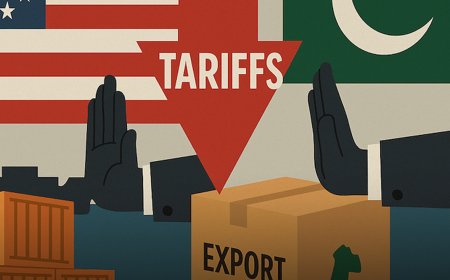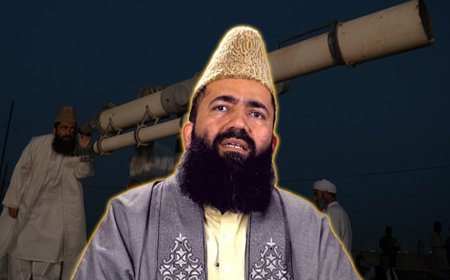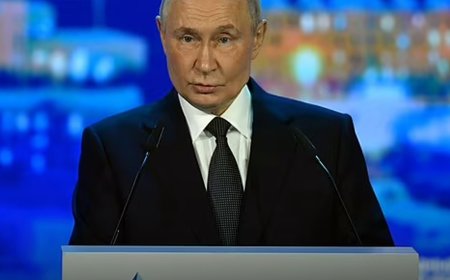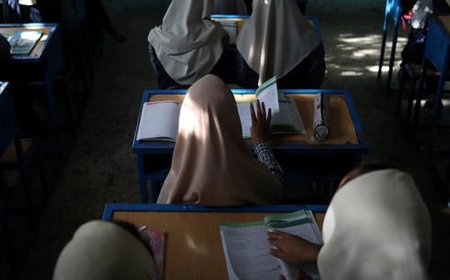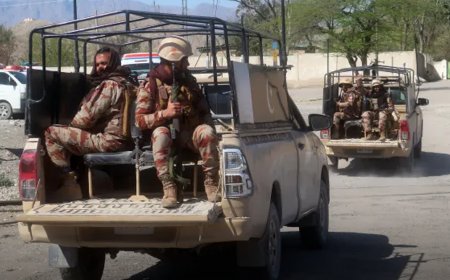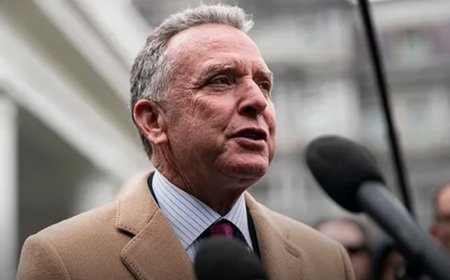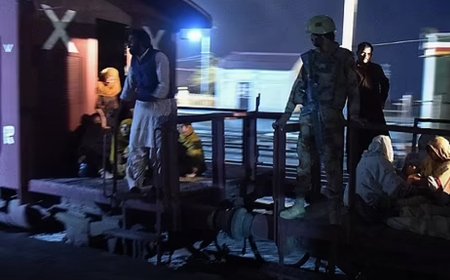The Day of the Tariffs: A Tale of Two Economic Realities
While the world grappled with the economic shockwaves of newly announced U.S. trade tariffs under former President Donald Trump, Pakistan found itself wrapped in a different kind of tariff announcement—one that focused on a reduction in electricity costs.
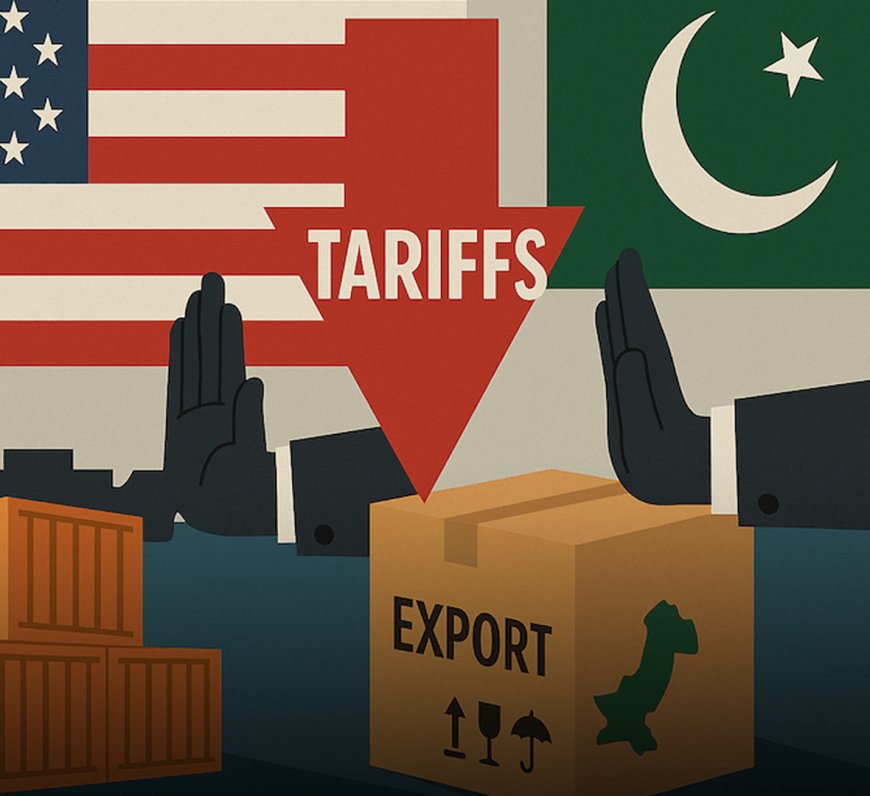
While the world grappled with the economic shockwaves of newly announced U.S. trade tariffs under former President Donald Trump, Pakistan found itself wrapped in a different kind of tariff announcement—one that focused on a reduction in electricity costs. In a spectacle filled with grandeur and political self-congratulation, Prime Minister Shehbaz Sharif unveiled a cut in power tariffs that, despite the pomp, was largely a repackaging of regulatory adjustments rather than a groundbreaking economic relief package.
But as Pakistan’s leadership celebrated what was presented as a victory, the rest of the world was bracing for a seismic shift in global trade policies. The contrast could not have been starker. While other nations analyzed the consequences of Trump's aggressive trade stance, Pakistan was preoccupied with short-term power tariff reductions that, in reality, were inevitable adjustments rather than a strategic economic policy shift.
A Tariff Cut Wrapped in Political Packaging
In a highly publicized event, flanked by his cabinet members and high-ranking officials, Prime Minister Shehbaz Sharif took the podium to announce a power tariff reduction of Rs7.41 per unit for households and Rs7.59 per unit for industries. While the announcement may have seemed like a welcome relief, a closer examination revealed that these reductions were merely the result of routine adjustments in power pricing mechanisms rather than an initiative driven by innovative policymaking.
According to a senior source, the reductions were financed through a combination of:
-
Rs1.70 per unit from unadjusted fuel price reductions, which were instead absorbed into the Petroleum Development Levy (PDL).
-
Rs1.90 per unit from the routine quarterly tariff adjustment for FY25, already approved by NEPRA.
-
Rs0.90 per unit from the Fuel Cost Adjustment (FCA), another routine adjustment by the regulator.
-
Rs1.45 per unit saved through modifications in Independent Power Producer (IPP) agreements.
-
The remainder was accounted for by a reduced tax burden on electricity bills.
While the government has informed the International Monetary Fund (IMF) of these adjustments, there has been no formal approval from the global lender. However, since these reductions stem from routine regulatory mechanisms, no formal IMF clearance was required.
Global Disruptions: Trump’s Trade War and Its Implications for Pakistan
While Pakistan was immersed in a domestic economic performance display, the global economic order was undergoing a significant transformation. Former U.S. President Donald Trump announced sweeping tariffs on imports from nearly 60 countries, including Pakistan, imposing an additional 29% tariff on Pakistani exports to the U.S.
The U.S. is Pakistan’s second-largest export destination after the European Union, with a trade surplus of $3.567 billion recorded in the last fiscal year. The new tariff increases pose a direct challenge to Pakistan’s external trade sector, potentially slowing exports and reducing trade competitiveness.
However, Pakistan is not alone in this predicament. Other major textile exporters, which compete with Pakistan in the U.S. market, are also facing increased tariffs, some even higher than those imposed on Pakistan. This means that while Pakistan's exports might face hurdles, competitors will struggle as well, creating a complicated trade landscape.
Historically, protectionist measures like these have had dire consequences. The Smoot-Hawley Tariff Act of 1930, signed by U.S. President Herbert Hoover, worsened the Great Depression by disrupting international trade. Trump’s tariffs may not have the same immediate impact, but they mark the official end of globalization and the dominance of neoliberal economic policies.
Pakistan’s Leadership: Mired in Short-Termism
As the world reacted to these drastic global economic changes, Pakistan's government seemed more focused on optics than on long-term economic strategy. The power tariff reduction announcement, while helpful to households and industries in the short run, did little to address Pakistan’s deeper structural economic issues.
The prime minister announced the formation of a committee to explore solutions to power sector inefficiencies, market-based electricity pricing, and the privatization of state-owned distribution companies. However, the fact that these fundamental issues are still at the discussion stage while the government celebrates tariff cuts underscores a troubling reality: Pakistan’s economic leadership remains fixated on day-to-day survival rather than long-term sustainability.
What Lies Ahead?
The short-lived relief from power tariff reductions may soon be overshadowed by new challenges. The global trade landscape is shifting rapidly, and if Pakistan’s policymakers remain reactive rather than proactive, the country risks falling into a cycle of slow economic growth, external debt dependence, and repeated IMF bailouts.
Pakistan needs to move beyond band-aid solutions and start focusing on:
-
Strengthening its industrial sector to compete globally despite tariffs.
-
Expanding trade alliances beyond the U.S. and EU.
-
Attracting foreign investment through economic stability and policy consistency.
While the government’s ability to offer short-term relief packages may provide temporary economic breathing room, it does not equate to long-term economic resilience. If Pakistan does not shift towards strategic policymaking, it may find itself perpetually caught in cycles of economic vulnerability.
What's Your Reaction?







